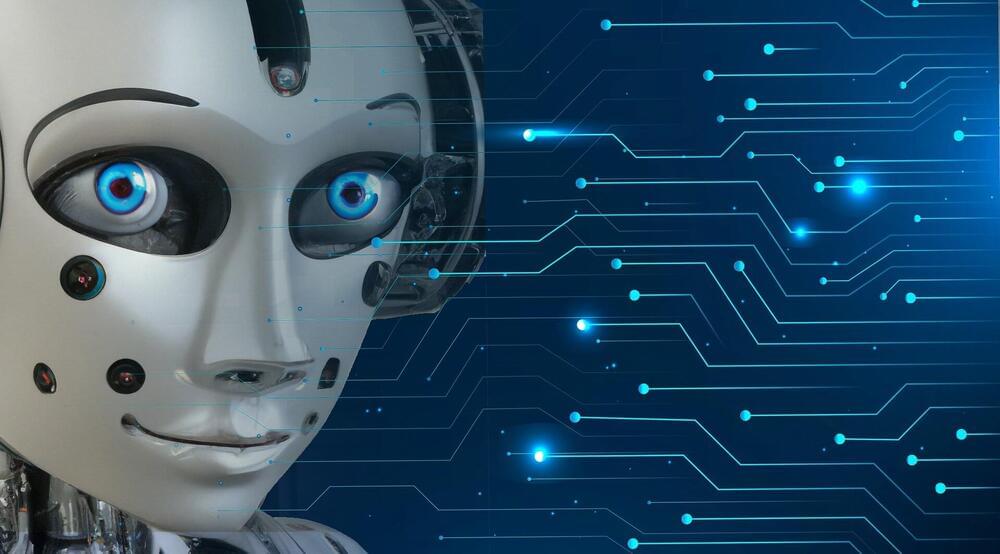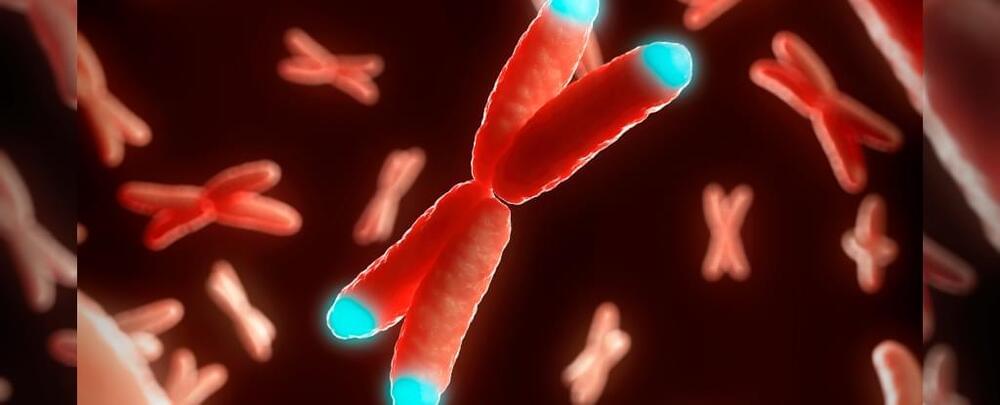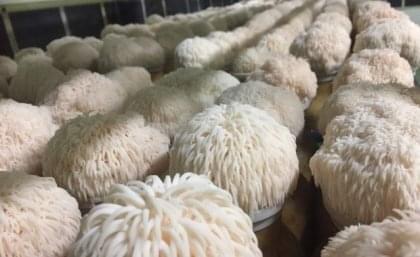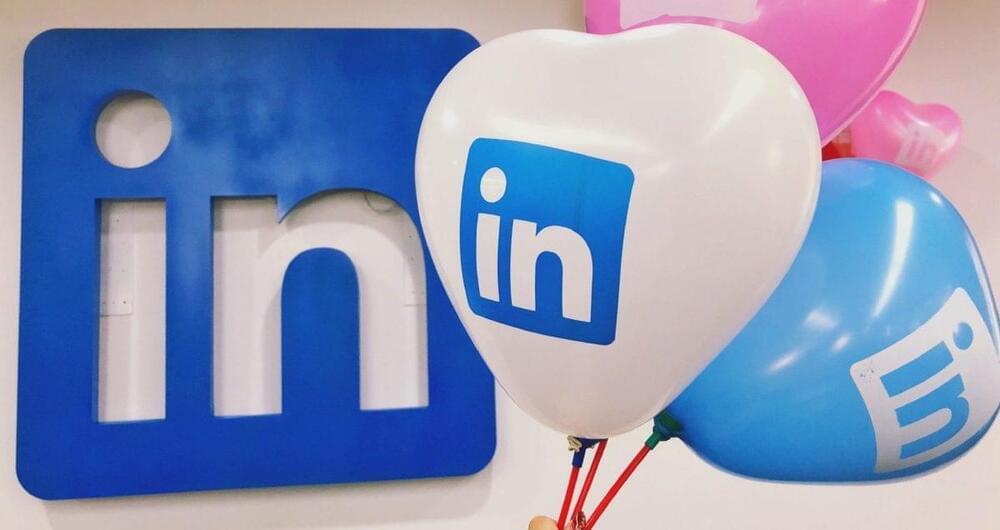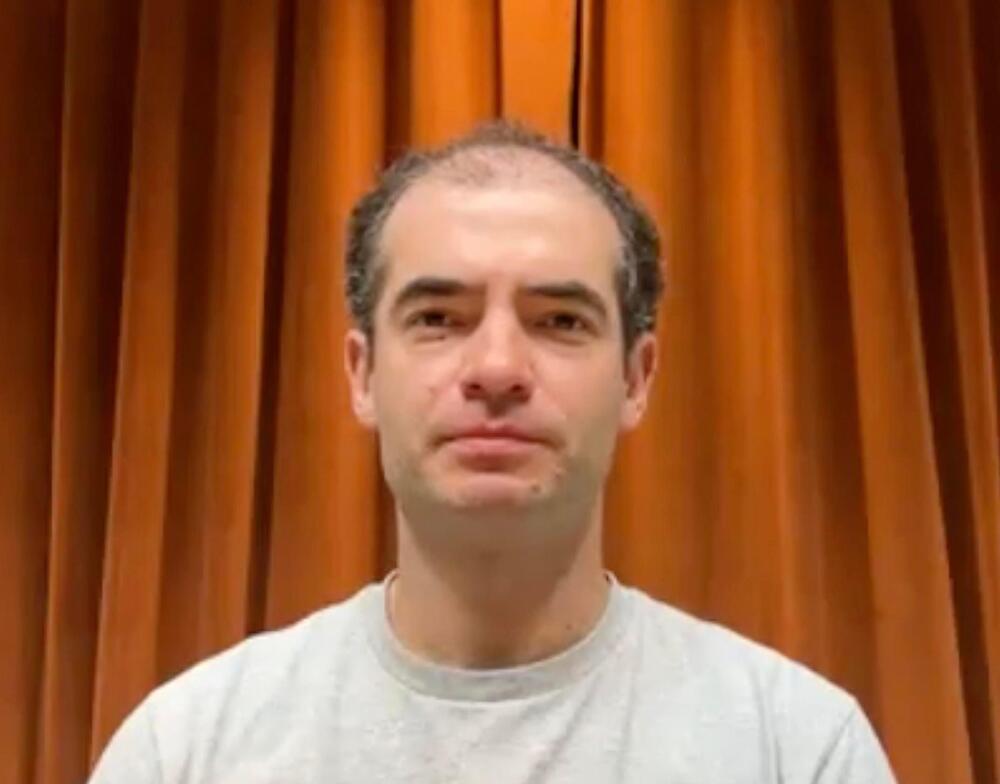Following a Mediterranean diet may lower the risk for memory and thinking problems in people with multiple sclerosis (MS), a new study suggests.
The artificial intelligence (AI) language model ChatGPT has captured the world’s attention in recent months. This trained computer chatbot can generate text, answer questions, provide translations, and learn based on the user’s feedback. Large language models like ChatGPT may have many applications in science and business, but how much do these tools understand what we say to them, and how do they decide what to say back?
In new paper published in Neural Computation on February 17, 2023, Salk Professor Terrence Sejnowski, author of “The Deep Learning Revolution,” explores the relationship between the human interviewer and language models to uncover why chatbots respond in particular ways, why those responses vary, and how to improve them in the future.
According to Sejnowski, language models reflect the intelligence and diversity of their interviewer.
Reconstructing visual experiences from human brain activity offers a unique way to understand how the brain represents the world, and to interpret the connection between computer vision models and our visual system. While deep generative models have recently been employed for this task, reconstructing realistic images with high semantic fidelity is still a challenging problem. Here, we propose a new method based on a diffusion model (DM) to reconstruct images from human brain activity obtained via functional magnetic resonance imaging (fMRI). More specifically, we rely on a latent diffusion model (LDM) termed Stable Diffusion. This model reduces the computational cost of DMs, while preserving their high generative performance. We also characterize the inner mechanisms of the LDM by studying how its different components (such as the latent vector of image Z, conditioning inputs C, and different elements of the denoising U-Net) relate to distinct brain functions. We show that our proposed method can reconstruct high-resolution images with high fidelity in straight-forward fashion, without the need for any additional training and fine-tuning of complex deep-learning models. We also provide a quantitative interpretation of different LDM components from a neuroscientific perspective. Overall, our study proposes a promising method for reconstructing images from human brain activity, and provides a new framework for understanding DMs. Please check out our webpage at this https URL.
The authors have declared no competing interest.
There’s a tiny, slow-burning ‘fuse’ attached to the ends of all our chromosomes, and as we naturally age, each of our cells loses more and more of that life-giving line.
Researchers in South Korea have now shown this fuse, known as the telomere, is unusually short in the cells of elderly people who are relatively healthy but have noticed early signs of depressive symptoms and cognitive decline, such as memory loss.
The randomized controlled trial presents more evidence for the telomere hypothesis of aging, which posits that all cells hit a point where they can no longer divide and replicate.
You can easily picture yourself riding a bicycle across the sky even though that’s not something that can actually happen. You can envision yourself doing something you’ve never done before—like water skiing—and maybe even imagine a better way to do it than anyone else.
Imagination involves creating a mental image of something that is not present for your senses to detect, or even something that isn’t out there in reality somewhere. Imagination is one of the key abilities that make us human. But where did it come from?
I’m a neuroscientist who studies how children acquire imagination. I’m especially interested in the neurological mechanisms of imagination. Once we identify what brain structures and connections are necessary to mentally construct new objects and scenes, scientists like me can look back over the course of evolution to see when these brain areas emerged—and potentially gave birth to the first kinds of imagination.
Researchers from The University of Queensland have discovered the active compound from an edible mushroom that boosts nerve growth and enhances memory.
Professor Frederic Meunier from the Queensland Brain Institute said the team had identified new active compounds from the mushroom, Hericium erinaceus.
“Extracts from these so-called ‘lion’s mane’ mushrooms have been used in traditional medicine in Asian countries for centuries, but we wanted to scientifically determine their potential effect on brain cells,” Professor Meunier said.
OpenAI announced its latest language model, GPT-4, but many in the AI community were disappointed by the lack of public information. Their complaints track increasing tensions in the AI world over safety.
Yesterday, OpenAI announced GPT-4, its long-awaited next-generation AI language model.
Should AI research be open or closed? Experts disagree.
Many in the AI community have criticized this decision, noting that it undermines the company’s founding ethos as a research org and makes it harder for others to replicate its work. Perhaps more significantly, some say it also makes it difficult to develop safeguards against the sort of threats posed by AI systems like GPT-4, with these complaints coming at a time of increasing tension and rapid progress in the AI world.
Earlier this month, when LinkedIn started seeding “AI-powered conversation starters” in people’s news feeds to boost engagement on its platform, the move saw more than little engagement of its own, none of it too positive.
But the truth of the matter with LinkedIn is that it’s been using a lot of AI and other kinds of automation across different aspects of its platform for years, primarily behind the scenes with how it builds and operates its network. Now, with its owner Microsoft going all-in on OpenAI, it looks like it’s becoming a more prominent part of the strategy for LinkedIn on the front end, too — with the latest coming today in the areas of LinkedIn profiles, recruitment and LinkedIn Learning.
The company is today introducing AI-powered writing suggestions, which will initially be offered to people to spruce up their LinkedIn profiles, and to recruiters writing job descriptions. Both are built on advanced GPT models, said Tomer Cohen, LinkedIn’s chief product officer. LinkedIn is using GPT-4 for personalized profiles, with GPT-3.5 for job descriptions. Alongside this, the company is also creating a bigger focus on AI in LinkedIn Learning, corralling 100 courses around the subject and adding 20 more focused just on generative AI.
As we hurtle towards a future filled with artificial intelligence, many commentators are wondering aloud whether we’re moving too fast. The tech giants, the researchers, and the investors all seem to be in a mad dash to develop the most advanced AI. But are they considering the risks, the worriers ask?
The question is not entirely moot, and rest assured that there are hundreds of incisive minds considering the dystopian possibilities — and ways to avoid them. But the fact is that the future is unknown, the implications of this powerful new technology are as unimagined as was social media at the advent of the Internet. There will be good and there will be bad, but there will be powerful artificial intelligence systems in our future and even more powerful AIs in the futures of our grandchildren. It can’t be stopped, but it can be understood.
I spoke about this new technology with Ilya Stutskeve r, a co-founder of OpenAI, the not-for-profit AI research institute whose spinoffs are likely to be among the most profitable entities on earth. My conversation with Ilya was shortly before the release of GPT-4, the latest iteration of OpenAI’s giant AI system, which has consumed billions of words of text — more than any one human could possibly read in a lifetime.
It’s part of a South Korean project to develop one of the largest semiconductor manufacturing hubs in the world.
An investment of $230 billion is expected to be made in the next two decades by Samsung to further semiconductor manufacturing.
The mega cluster, which will feature five new semiconductor plants built by Samsung, will be set in the Gyeonggi Province and is expected to be completed by 2042.
Holgs/iStock.

